Labor and Childbirth - The Three Stages of Labor: Dilation, Expulsion & Placental مراحل الولادة
Regulation of labor and birth - effects of estrogen and oxytocin on onset of labor • Just prior to birth, high placental corticotropin-releasing hormone levels stimulate the production of more estrogen. • High estrogen levels overcome the inhibitory effects of progesterone on uterine smooth muscle by: • Promoting the formation of gap- junctions between smooth muscle cells in the myometrium. • Increasing the number of smooth muscle cell receptors for the hormone oxytocin, which promotes uterine contractions. • The overall result Of increased estrogen and oxytocin is stronger contractions as the time for birth nears. Regulation of labor and birth - effects of relaxin on onset of labor • Like other placental hormones, relaxin levels rise during pregnancy. High levels of relaxin: • Promotes dilation of the cervix. • Increases flexibility of the pubic symphysis. • The overall result is to ease delivery of the fetus. Regulation of labor and birth - positive feedback control of labor • The cervix stretches, or dilates, as labor begins. • Pressure sensitive receptor cells in the cervix detect the stretch. • The input from the nerves in the cervix go to neurosecretory cells in the hypothalamus of the brain. • The hormone oxytocin is released into the capillaries of the pituitary gland. • The blood then carries the hormone to the uterine tissue. • Oxytocin causes the smooth muscle tissue of the uterine wall to contract more forcefully. • The cervix stretches still more and sends more nerve impulses to the hypothalamus. • The positive feedback cycle repeats with greater speed and intensity until the cervix is fully dilated and the baby is born. • After the birth of the baby, the stretching is halted and the positive feedback loop ceases. Stages of labor • Stage l: Dilation of cervix. • Cervix completely dilates to 10 cm. • Amniotic membranes usually rupture. • Stage 2: Expulsion. • Lasts from complete dilation of cervix to birth of baby. • Force of uterine contractions assists the mother to expel the baby out of the vagina. • Stage 3: Placental stage. • Delivery of placenta ("afterbirth"). تبدأ الولادة الطبيعية بالمخاض، الذي يمر بثلاث مراحل، وهي: المرحلة الأولى: مرحلة اتساع عنق الرحم تتضمن هذه المرحلة ثلاث مراحل أخرى: المرحلة الانتقالية: يبدأ الرحم بالانقباض في هذه المرحلة بشكل غير منتظم، فقد تكون الانقباضات شديدة وقوية، وقد تكون خفيفة ولا تشعرين بها، تستمر الانقباضات إلى ساعات أو عدة أيام، إذ يختلف الأمر من سيدة إلى أخرى، يتسع عنق الرحم في هذه المرحلة إلى 3 أو 4 سنتيمترات، وقد تلاحظين إفرازات وردية اللون، يُفضل في هذه المرحلة أن تسترخي في المنزل، مع متابعة طبيبكِ على الهاتف. المرحلة المبكرة: تصبح الانقباضات في هذه المرحلة أقوى وأكثر انتظامًا، ويزداد الألم وتزداد كمية الإفرازات الوردية عن المرحلة السابقة، إذ تُعد هذه المرحلة تمهيدًا للولادة، وتستمر من 6 إلى 4 ساعات، مع دخولكِ في هذه المرحلة، مارسي تمارين التنفس لتستعدي للولادة. المرحلة النشطة: يتسع عنق الرحم في هذه المرحلة ليصل إلى 8 سنتيمترات، وتزيد الانقباضات وتأتي كل ثلاث دقائق وتستمر لمدة دقيقة، وتستمر هذه المرحلة من 20 دقيقة إلى ساعتين. 7 طرق طبيعية تمهد جسمكِ للولادة المرحلة الثانية: مرحلة الولادة تبدأ هذه المرحلة مع اكتمال اتساع عنق الرحم، ويزداد شعوركِ فيها بالغثيان والألم الشديد، ينزل الجنين في هذه المرحلة إلى أسفل الحوض، وتبدأ مرحلة الدفع ويظهر رأسه ثم باقي جسمه، قد تستغرق هذه المرحلة من 30 دقيقة إلى 45 دقيقة. المرحلة الثالثة: خروج المشيمة: تستغرق هذه المرحلة من 10 دقائق إلى 20 دقيقة، ويقطع فيها الطبيب الحبل، الذي كان يُغذي جنينكِ طول فترة الحمل، وفي هذا الوقت سيبدأ اللقاء الأول بينكِ أنتِ وطفلكِ.
Add To
You must login to add videos to your playlists.
Advertisement





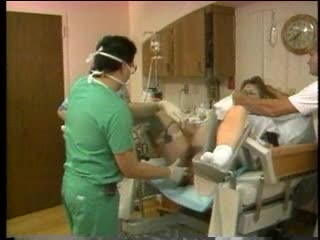

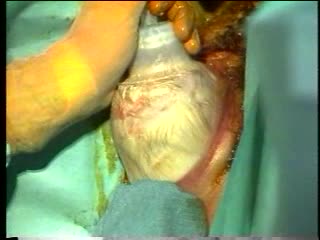
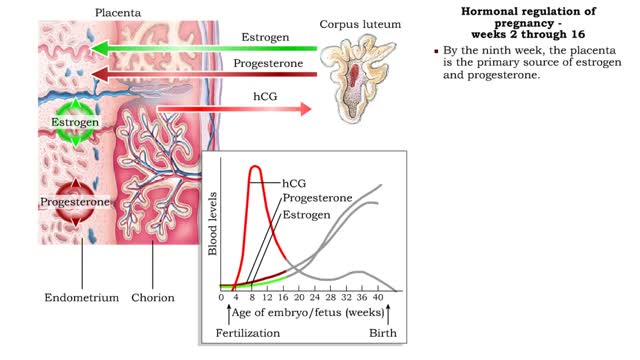
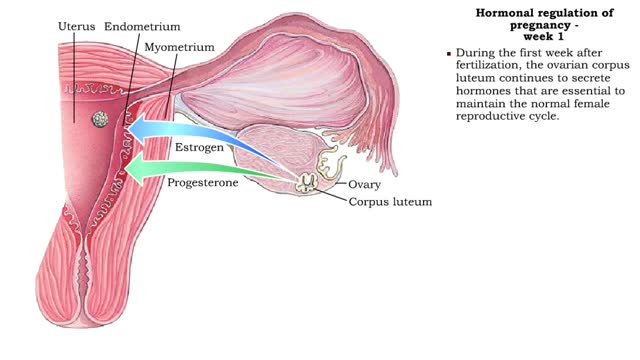
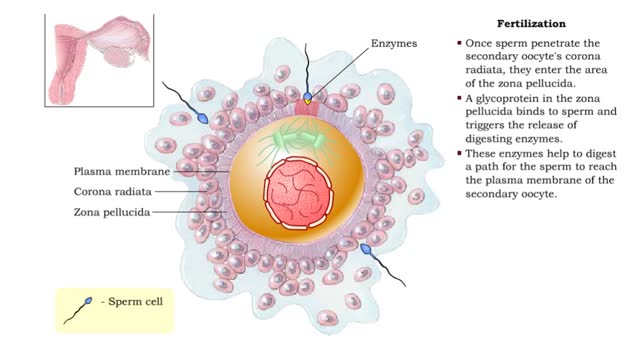

Comments
0 Comments total
Sign In to post comments.
No comments have been posted for this video yet.